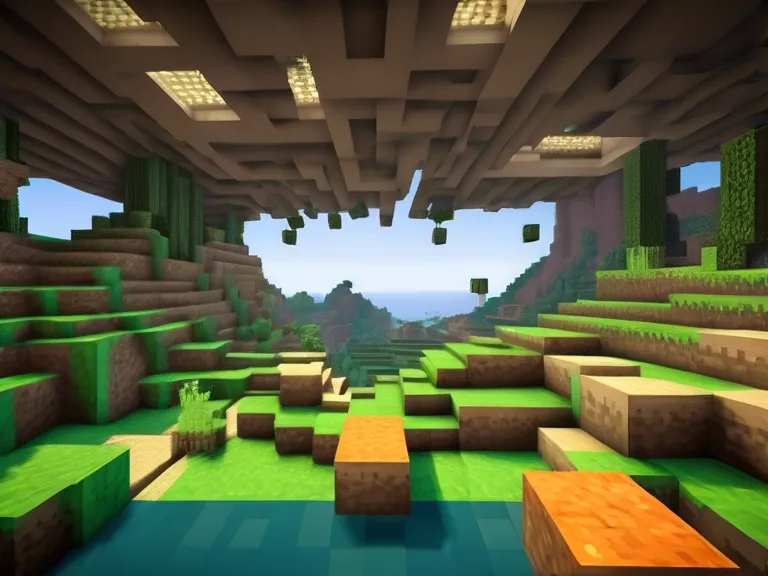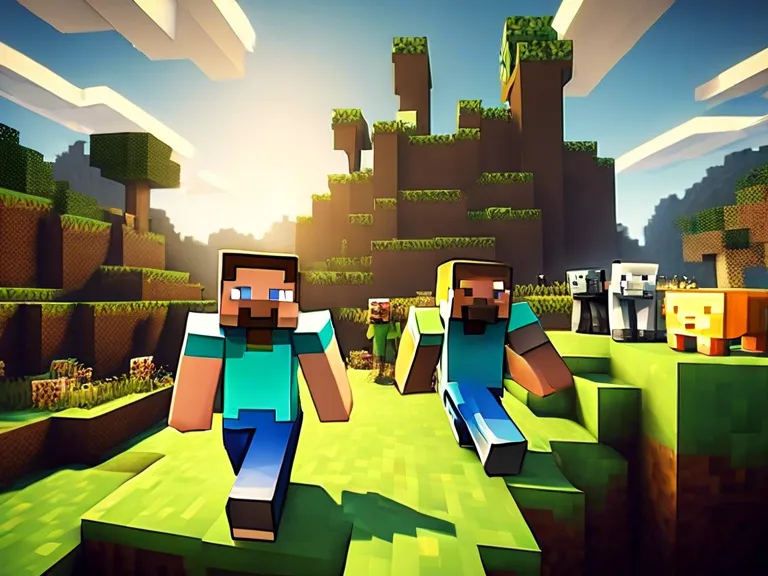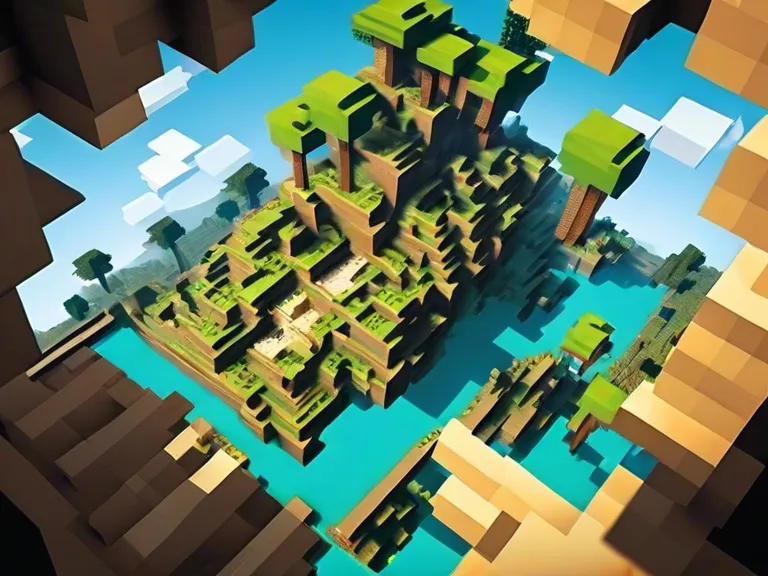
The Future of Interactive Environments: Minecraft as a Model for Digital Evolution
In the ever-evolving landscape of digital technology, interactive environments have become increasingly popular and essential. One such environment that has captured the imagination of millions is Minecraft. Originally released in 2009, Minecraft has grown from a simple block-building game to a complex and immersive world where players can create, explore, and interact with one another. The success of Minecraft as a digital environment has led many to speculate about its potential influence on the future of interactive technology.
One of the key aspects of Minecraft that sets it apart from other interactive environments is its open-ended nature. Players are free to build almost anything they can imagine, from simple structures to elaborate cities. This freedom of creation has sparked the creativity of millions of players around the world and has led to the development of countless virtual communities within the game. This model of user-generated content could be a key feature of future interactive environments, allowing users to shape their own experiences and worlds.
Another aspect of Minecraft that has potential for influencing the future of interactive environments is its multiplayer functionality. Players can join together in virtual worlds to collaborate, compete, or simply socialize. This ability to connect with others in a digital space has become increasingly important as technology allows for more immersive and realistic interactions. The sense of community that can be fostered in a multiplayer environment like Minecraft could be a blueprint for future social interactions in digital spaces.
As technology continues to advance, the possibilities for interactive environments will only expand. Virtual reality, augmented reality, and other emerging technologies will allow for even more immersive and interactive experiences. Minecraft, with its emphasis on creativity, collaboration, and community, could serve as a model for the evolution of these new technologies. By studying the success of Minecraft and applying its principles to future projects, developers can create even more engaging and innovative interactive environments.
In conclusion, Minecraft has proven itself to be a powerful and influential interactive environment, with lessons that could shape the future of digital technology. Its open-ended nature, multiplayer functionality, and sense of community provide a blueprint for the evolution of interactive environments. As technology continues to advance, we can look to Minecraft as a model for creating even more immersive and engaging digital experiences.



